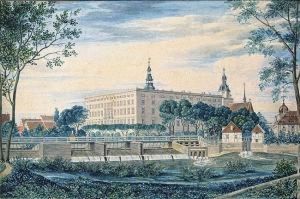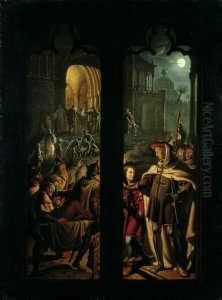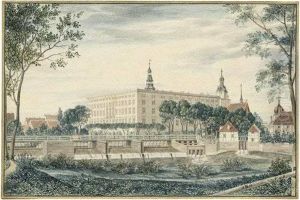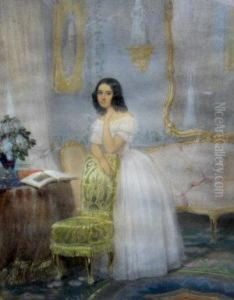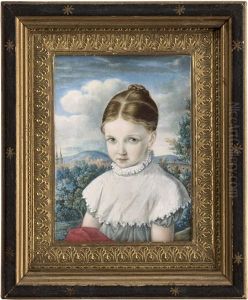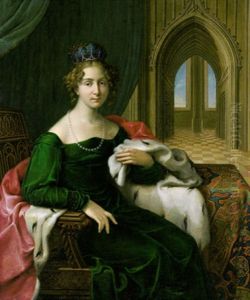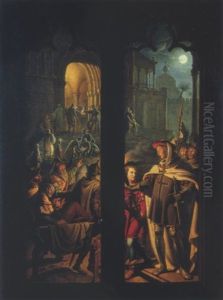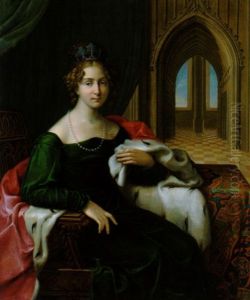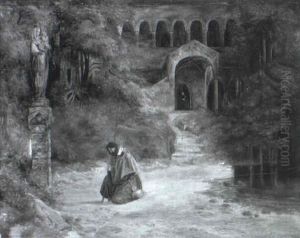Heinrich Olivier Paintings
Heinrich Olivier, though not as widely recognized as some of his contemporaries, was a German painter who contributed to the art world during the late 18th and early 19th centuries. Born on January 23, 1783 in Dessau, Germany, Olivier was part of an artistic family; his brothers Ferdinand Olivier and Friedrich Olivier were also painters, and together they were associated with the early Romantic movement in German art.
Olivier's training began under the guidance of his father, the court painter Ferdinand Olivier the Elder, and he later continued his education in Dresden. His style was initially influenced by Neoclassicism, the prevailing artistic movement of the time, which emphasized clarity, order, and the ideals of beauty derived from classical antiquity. However, as his career progressed, he increasingly absorbed the ideals of Romanticism, which placed a greater emphasis on emotion, nature, and the expression of the sublime.
One of the defining moments in his career was his association with the Lukasbund, also known as the Brotherhood of Saint Luke, which was a group of German artists that aimed to revive older art forms and techniques that they felt were purer and more spiritual. The group included artists such as Franz Pforr, Ludwig Ferdinand Schnorr von Carolsfeld, and the aforementioned members of the Olivier family. They were preoccupied with medieval and early Renaissance art, and Heinrich's work reflects this in its often contemplative and spiritual qualities.
Throughout his career, Olivier produced landscapes, portraits, and historical scenes. His works were known for their delicate and detailed execution, as well as their serene and contemplative atmospheres. Despite the fact that he spent significant periods of his life in Italy, which was a common destination for artists seeking inspiration from the Renaissance masters and the classical past, his work maintained a distinctively Germanic sensibility.
Olivier's contributions to art were modest in comparison to the towering figures of the time, and as such, his fame was somewhat overshadowed by artists like Caspar David Friedrich or J.M.W. Turner, who were also exploring landscape and emotion in profound ways. Nevertheless, Olivier's works can be appreciated for their quiet beauty and their role in the development of German Romanticism.
Heinrich Olivier passed away on October 11, 1848 in Munich, leaving behind a body of work that, while not extensive, provides insight into the transitional period of European art between Neoclassicism and Romanticism. His paintings, though perhaps not well-known to the general public, continue to be studied by art historians interested in the nuances of this era.
